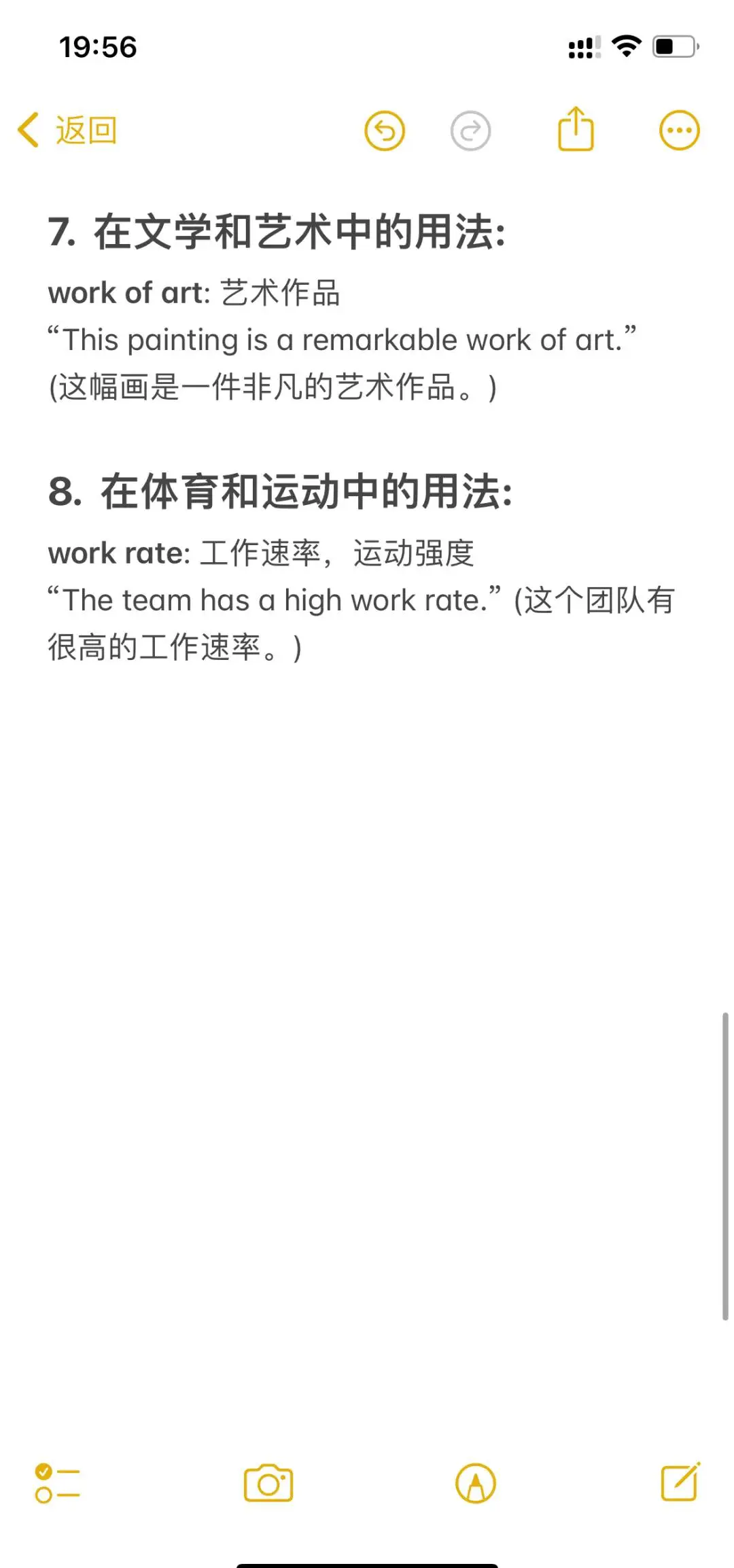=======================================================
Introduction
In financial markets, understanding how does a limit order work is fundamental for both beginners and professionals. Unlike a market order, which executes immediately at the best available price, a limit order gives traders more control by specifying the maximum price they’re willing to pay when buying or the minimum price they’re willing to accept when selling.
This article provides a comprehensive, 3000+ word guide that explores limit orders in depth. It covers the mechanics of how they work, compares strategies, highlights advantages and disadvantages, and answers common questions. By the end, you’ll know how to effectively incorporate limit orders into your trading strategy, whether you’re an institutional investor or a retail trader.
What Is a Limit Order?
A limit order is an instruction given to a broker or trading platform to buy or sell an asset at a specified price (or better).
- Buy Limit Order: Executes only at the limit price or lower.
- Sell Limit Order: Executes only at the limit price or higher.
This allows traders to avoid paying more or selling for less than desired, but it comes with the trade-off that the order may not be filled if the market never reaches the specified price.
Limit order execution explained visually
How Does a Limit Order Work in Practice?
Step-by-Step Example
- A trader wants to buy a stock currently trading at $100.
- They set a buy limit order at $95.
- The order will only execute if the price falls to $95 or lower.
- If the price never reaches $95, the order remains unfilled.
This mechanism allows traders to avoid overpaying while still participating in favorable price movements.
Limit Order vs Market Order
| Feature | Limit Order | Market Order |
|---|---|---|
| Execution Guarantee | Not guaranteed (depends on market price reaching limit) | Always executes instantly at best available price |
| Price Control | Trader sets exact max/min price | No control; depends on current liquidity |
| Risk | Risk of not being filled | Risk of slippage and paying more/receiving less |
| Best Use Case | When price precision matters | When speed of execution matters |
For traders wanting detailed comparisons, exploring a limit order vs market order analysis can provide deeper insights.
Different Methods of Using Limit Orders
Method 1: Passive Entry and Exit Strategy
- How it works: Traders place buy limit orders below current market prices to catch dips and sell limit orders above market prices to capture rallies.
- Pros: Excellent for patient traders, ensures favorable prices.
- Cons: Orders may not get filled in fast-moving markets.
Method 2: Active Trading with Limit Orders
- How it works: Day traders and scalpers frequently adjust their limit orders to match market momentum.
- Pros: Provides more control, reduces slippage.
- Cons: Requires constant monitoring, time-intensive.
Recommendation: For most traders, a hybrid approach works best—using passive strategies for long-term positions while applying active adjustments in volatile conditions.
Key Strategies for Using Limit Orders Effectively
1. Timing the Market
Using technical analysis and chart patterns helps identify price levels where limit orders are most likely to be triggered.
2. Layered Orders (Scaling)
Placing multiple limit orders at different price levels allows for gradual entry or exit, reducing risk exposure.
3. Stop-Limit Orders
Combining stop-loss triggers with limit conditions ensures protection while maintaining price control.
Illustration of layered buy and sell limit orders in trading

Limit Orders Across Markets
Stocks
Widely used for precision entry and exit points. Particularly useful for long-term investors.
Forex
Help traders avoid slippage in fast-moving currency markets.
Cryptocurrencies
Limit orders are essential in volatile crypto markets, preventing overpayment in sudden swings.
Derivatives
Futures and options traders often rely on limit orders for risk management.
Advantages of Limit Orders
- Price control: Avoids unfavorable execution.
- Reduced slippage: Particularly valuable in volatile or illiquid markets.
- Discipline: Encourages sticking to planned trading strategies.
Disadvantages of Limit Orders
- No execution guarantee: Price may never reach the set level.
- Opportunity cost: Market may move away, leaving traders behind.
- Time decay in options: Limit orders may expire worthless if not executed.
Professional Insights
Many institutional traders use limit orders as part of algorithmic trading strategies. For instance, hedge funds often rely on automated systems that adjust limit orders dynamically based on liquidity and volatility. If you’re interested in this advanced application, you might explore how to set a limit order in quantitative trading as part of strategy development.
Limit Orders for Different Trader Types
- Retail Investors: Great for controlling costs and avoiding overpaying.
- Day Traders: Useful for setting quick profit targets.
- Swing Traders: Allow participation in pullbacks without watching the market constantly.
- Institutional Investors: Provide liquidity while managing large order sizes without spiking markets.
Stock trading screen showing active limit orders
Industry Trends in Limit Orders
- Algorithmic Enhancements: Automated systems manage thousands of limit orders in real-time.
- Smart Order Routing: Brokers use technology to optimize where limit orders are placed across multiple venues.
- Crypto Exchange Innovation: Many crypto platforms now offer advanced limit order types like iceberg and hidden orders.
FAQs on Limit Orders
1. How often do limit orders get filled?
It depends on market conditions and how close the limit price is to the current price. A limit order close to the market price has a higher chance of execution, while one far away may remain unfilled indefinitely.
2. How can a limit order improve trading strategy?
Limit orders enforce discipline by ensuring trades only occur at favorable price levels. They also help avoid emotional decisions during volatile markets.
3. How to avoid mistakes with limit orders?
- Don’t set limit prices unrealistically far from market levels.
- Regularly monitor open orders.
- Use a combination of stop-loss and limit strategies to manage risk.

Conclusion
Understanding how does a limit order work is essential for mastering modern trading. Limit orders provide traders with price control, reduced slippage, and strategic flexibility, but they also carry the risk of non-execution.
The most effective approach is combining passive long-term limit orders with active, short-term adjustments, depending on market conditions and trading goals.
Infographic summarizing how limit orders work
💬 Join the Discussion
Do you use limit orders more for entering or exiting trades? Have you tried layering or stop-limit combinations? Share your experiences in the comments, and pass this guide along to other traders looking to refine their strategies.

0 Comments
Leave a Comment